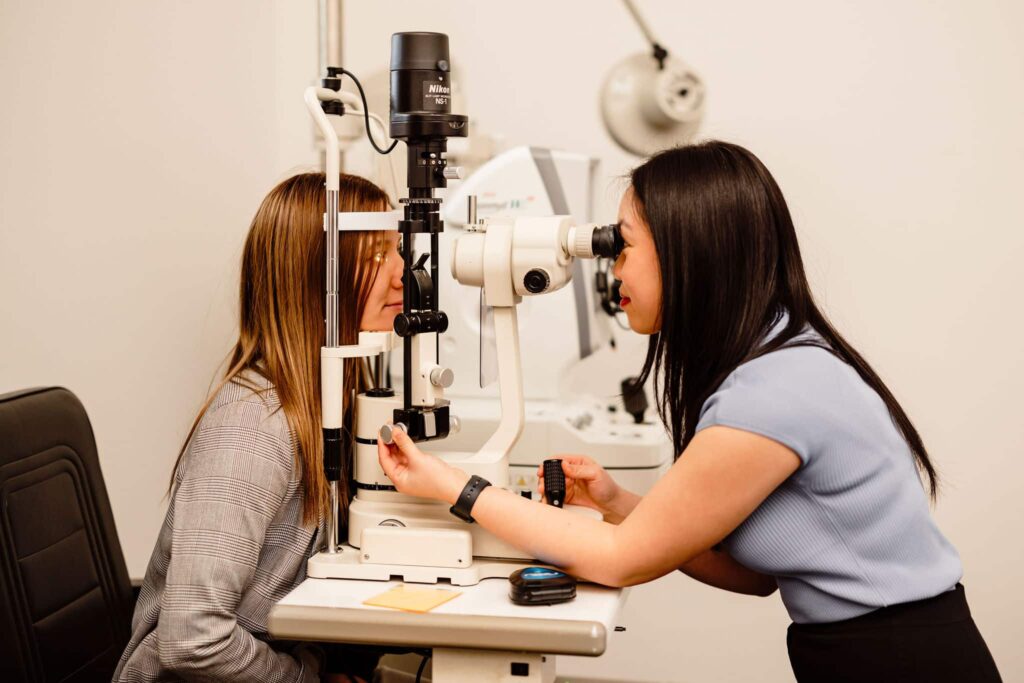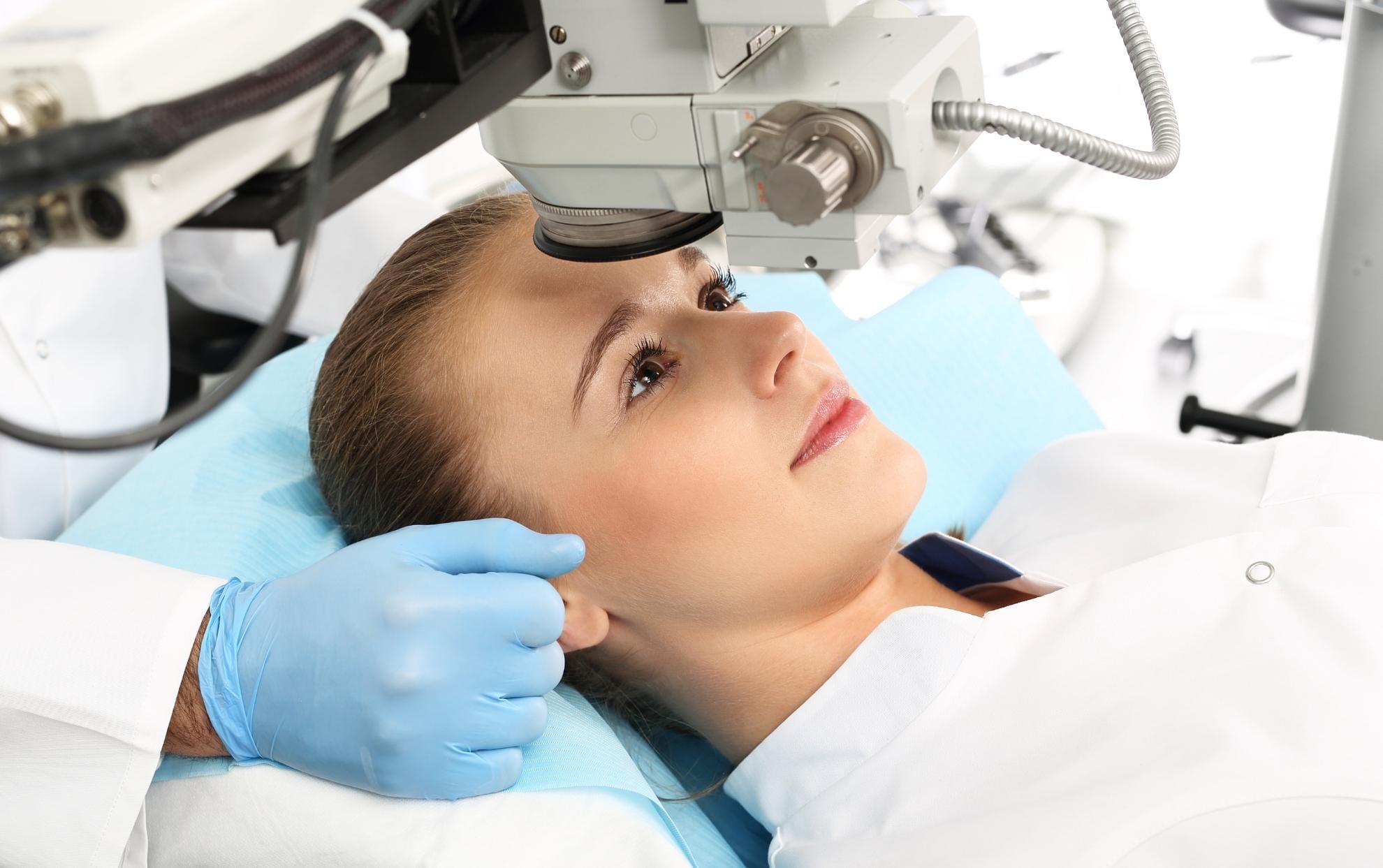Introduction
If you’re thinking about perfect LASIK surgery, you’ve probably imagined the moment when you open your eyes and see the world clearly—without glasses or contact lenses. That’s an exciting vision (pun intended), but it’s natural to have questions about what happens after the procedure.
Recovery is a key part of your LASIK journey. As a vision specialist, I’ve seen many patients go from nervous anticipation to joyful amazement in just a few days. The secret to smooth healing? Knowing what to expect and following the right aftercare steps.
Let’s walk through your LASIK recovery experience, from understanding the procedure to enjoying your new vision.
Step 1: Understanding LASIK
LASIK is a laser-based vision correction procedure that reshapes the cornea—the clear front layer of your eye—so light focuses correctly on your retina. The result? Sharper, clearer vision.
Most people are eligible if they’re over 18, have a stable prescription, and no major eye health issues. It’s quick, safe, and has one of the highest satisfaction rates of any elective procedure.
Step 2: The Initial Consultation
Before your surgery, your eye doctor will do a thorough examination. Expect:
See more: Your Complete Guide to Cataract Eye Surgery: From Diagnosis to Post-Operative Care
- Vision and refraction tests
- Corneal thickness measurements
- Eye health checks for conditions like dry eye or cataracts
- A review of your medical history
This step ensures LASIK is truly the right option for you—and allows your surgeon to plan a procedure tailored to your eyes.
Step 3: Preparing for Surgery
In the days leading up to your perfect LASIK surgery:
- Stop wearing contact lenses (usually 1–2 weeks before) so your cornea returns to its natural shape.
- Avoid eye makeup the day before and the day of surgery.
- Arrange transportation—you won’t be able to drive home.
- Follow any eye drop instructions your doctor gives you.
It’s about giving your eyes the best possible start to healing.
Step 4: The Day of the Procedure
You’ll be awake for LASIK, but your eyes will be numbed with special drops so you won’t feel pain. Most patients describe it as a little pressure and bright lights, lasting just minutes per eye.
From check-in to heading home, you’ll likely be at the clinic for 1–2 hours. The actual laser time? Often less than 10 minutes in total.
Step 5: Recovery and Healing
The first 24 hours are when you’ll notice the biggest changes—and when you need to be the most careful.
- Mild burning, watering, or light sensitivity is normal.
- Rest your eyes as much as possible.
- Use prescribed eye drops exactly as instructed to prevent infection and dryness.
- Avoid rubbing your eyes—this is crucial.
Most patients can resume normal activities within a day or two, but healing continues over weeks.

Step 6: Life After Perfect LASIK
Within a week, you may feel like you’ve had perfect vision your whole life. Reading road signs without glasses, waking up to a clear alarm clock, and enjoying sports without lenses are just a few life-changing moments.
Over the next few months, your vision will continue to stabilize. For many, it’s the start of a freer, more confident lifestyle.
Common Questions Answered
Does LASIK hurt?
No—thanks to numbing drops, you’ll only feel mild pressure, not pain.
How soon will I see results?
Most people notice improved vision within 24 hours, with full clarity in a few days to weeks.
Is LASIK permanent?
Yes, the corneal reshaping is permanent, though natural age-related changes to vision can still occur later in life.
Conclusion
Perfect LASIK surgery is more than just a procedure—it’s a pathway to living without the constant need for glasses or contact lenses. By preparing well, following aftercare instructions, and giving your eyes time to heal, you’ll set yourself up for the best possible results.
If you’re ready to take the next step, speak with an experienced eye doctor who can guide you through every stage of the process. Clear, confident vision could be closer than you think.

